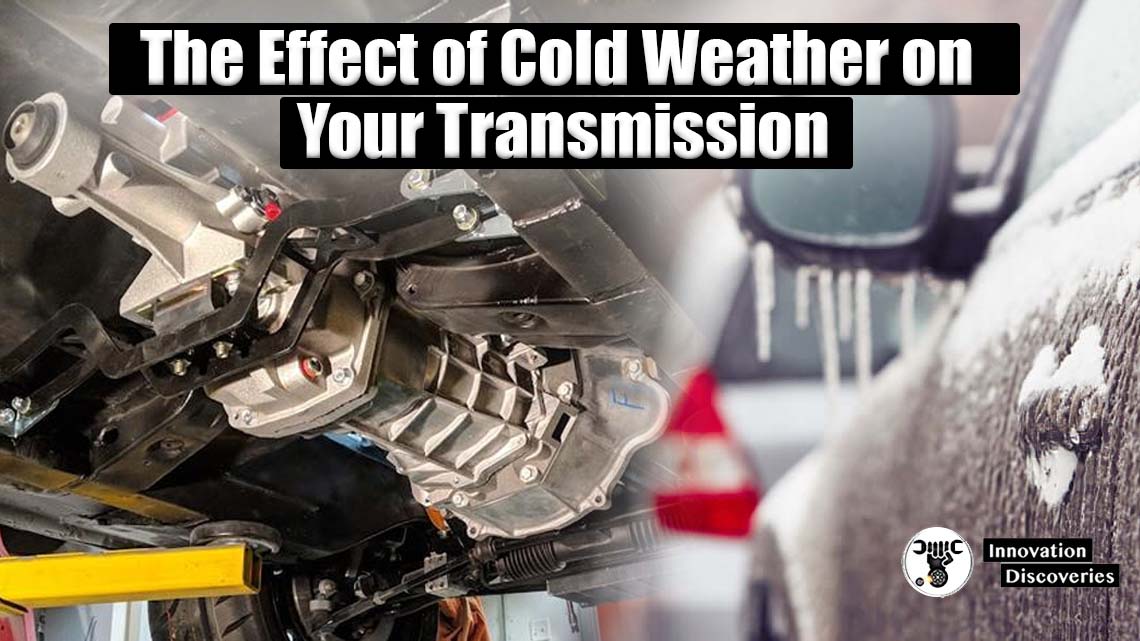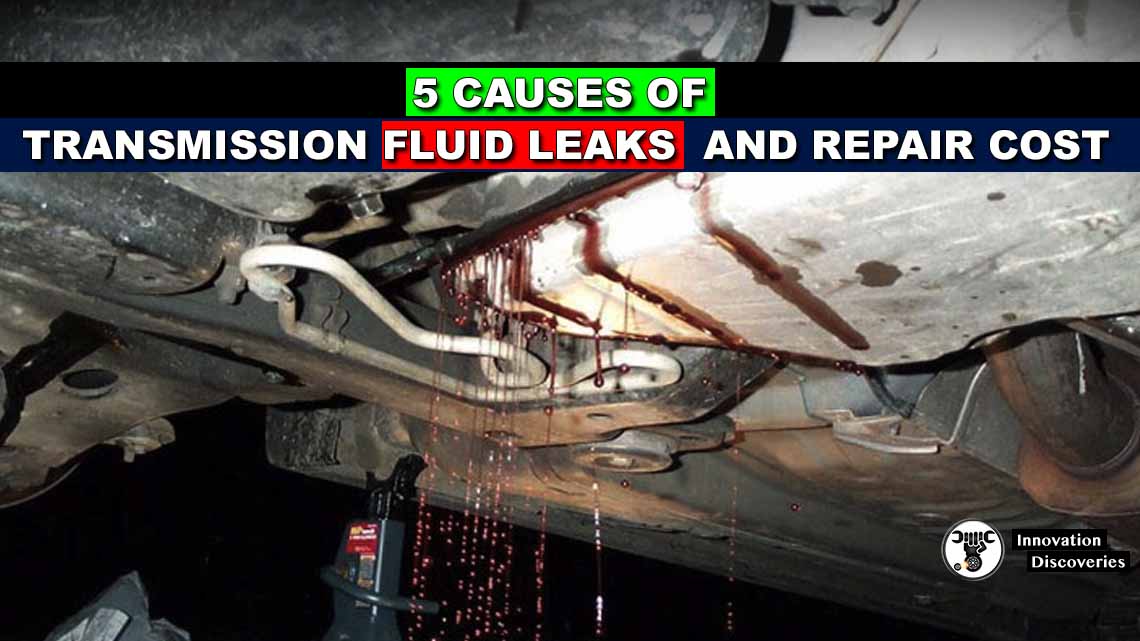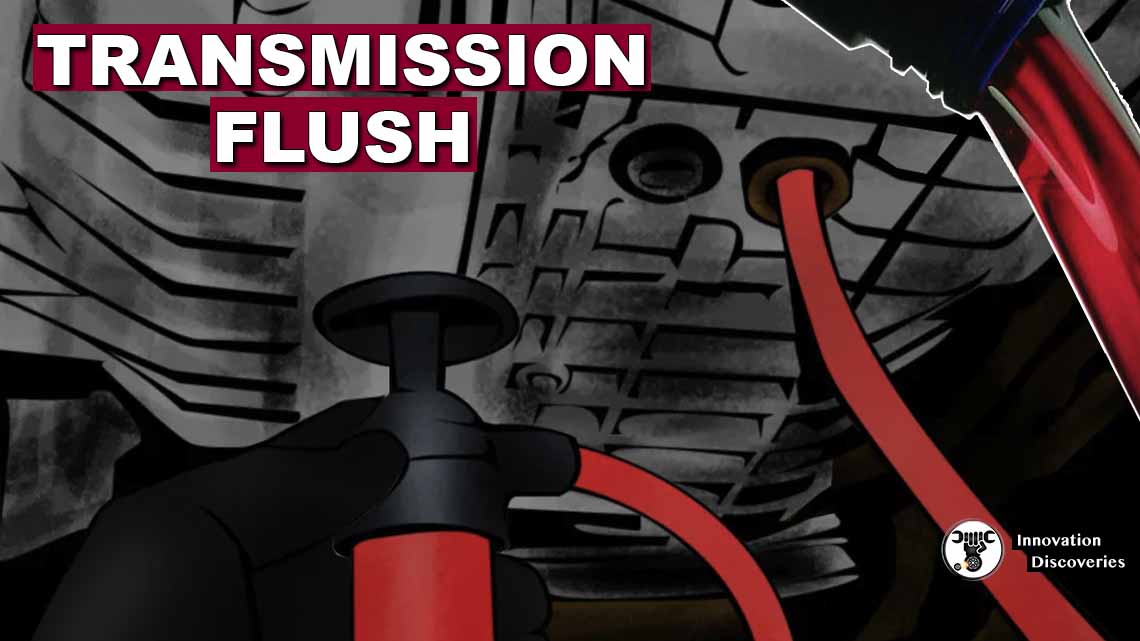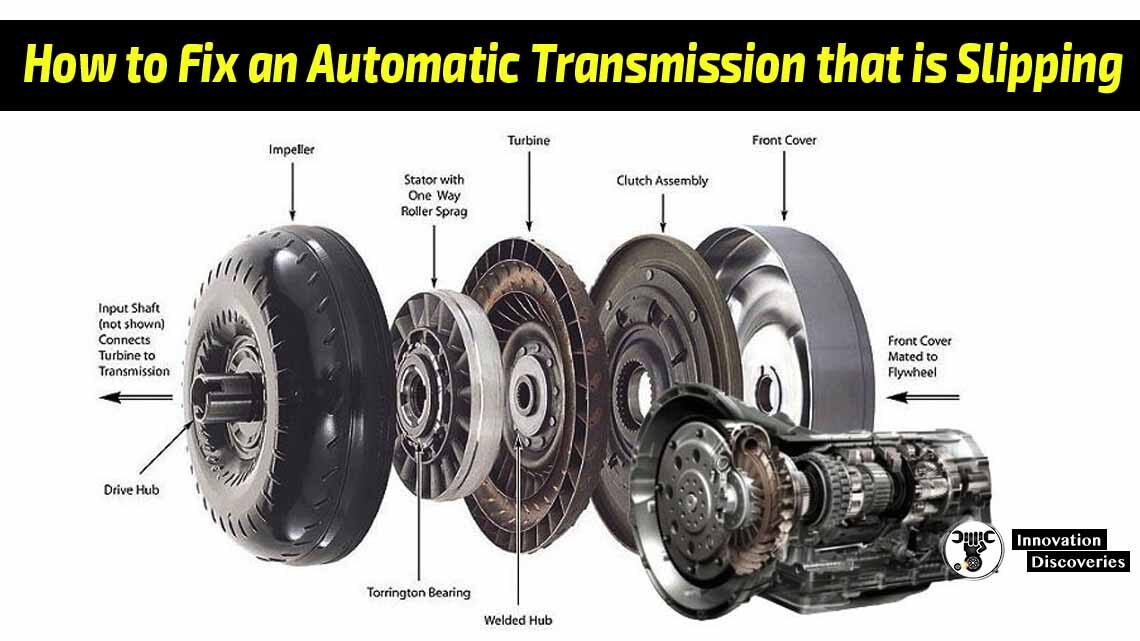
Introduction:
As the temperature drops, it’s not only your body that feels the chill – your car’s transmission does too. Cold weather can have a significant impact on your vehicle’s transmission system, potentially leading to a range of issues.
In this article, we’ll explore the effects of cold weather on your transmission and provide quick tips to help you protect it during the winter months.
Effects of Cold Weather on Your Transmission:
1. Contraction:
Cold weather causes materials to contract, and this includes the various components within your transmission. As metal components shrink, it can lead to increased friction and potentially hinder the smooth operation of your transmission.
2. Changes in Viscosity:
Transmission fluid, which is crucial for lubricating and cooling the components, can thicken in colder temperatures. This increased viscosity can lead to slower flow rates, making it more challenging for the fluid to reach all parts of the transmission, especially when the engine is first started.
3. Water Damage:
In colder climates, condensation can form inside the transmission due to the temperature differentials between the warm components and the cold ambient air. This moisture can mix with the transmission fluid, potentially causing corrosion and damaging sensitive parts.
4. Shifting Issues:
Cold weather can affect the responsiveness of your transmission’s solenoids, which play a crucial role in controlling the gear shifts. When these components are sluggish due to the cold, you may experience delayed or rough shifting.
5. Delayed Overdrive:
Overdrive is a gear designed for fuel efficiency at higher speeds. In cold weather, it may take longer for the transmission to engage overdrive, leading to reduced fuel efficiency until the transmission warms up.
Quick Tips for Protecting Your Transmission From the Cold:
– Allow for Warm-Up Time:
Give your vehicle a few extra minutes to warm up before driving in cold weather. This allows the transmission fluid to reach an optimal operating temperature, reducing the risk of damage.
– Use Synthetic Transmission Fluid:
Consider using synthetic transmission fluid, which tends to have better flow properties in cold weather compared to conventional fluids. It provides improved lubrication and protection, even in low temperatures.
– Park Indoors or Use a Block Heater:
If possible, park your car in a garage or sheltered area to shield it from the extreme cold. Alternatively, use a block heater to preheat the engine and transmission, ensuring a smoother start.
– Install a Transmission Cooler:
A transmission cooler helps regulate the temperature of the transmission fluid, preventing it from getting too hot or too cold. This can be especially beneficial in harsh winter conditions.
– Schedule Regular Maintenance:
Regular transmission servicing, including fluid changes and inspections, is essential for ensuring it performs optimally, regardless of the weather.
Conclusion:
Taking proactive steps to protect your transmission during cold weather can extend its lifespan and help you avoid costly repairs. By understanding the potential effects of cold weather on your transmission and implementing these quick tips, you can enjoy smoother and more reliable driving experiences throughout the winter months.
Discover More:
RAED MORE: 5 CAUSES OF TRANSMISSION FLUID LEAKS AND REPAIR COST

- 3 COMMON SYMPTOMS OF LOW POWER STEERING FLUID
- YOUR CAR IS LOSING COOLANT BUT NO LEAK: WHAT SHOULD YOU DO?

FOR MORE KNOWLEDGE
- 4 COMMON SYMPTOMS OF AUTOMATIC TRANSMISSION PROBLEMS
- COMMON PARTS OF AN AUTOMATIC TRANSMISSION
- COMMON FAULTS IN THE 6-SPEED DSG TRANSMISSION
- IS REBUILDING A TRANSMISSION WORTH IT IN THE LONG RUN?
Visit Forum
Visit Our Friendly Website








